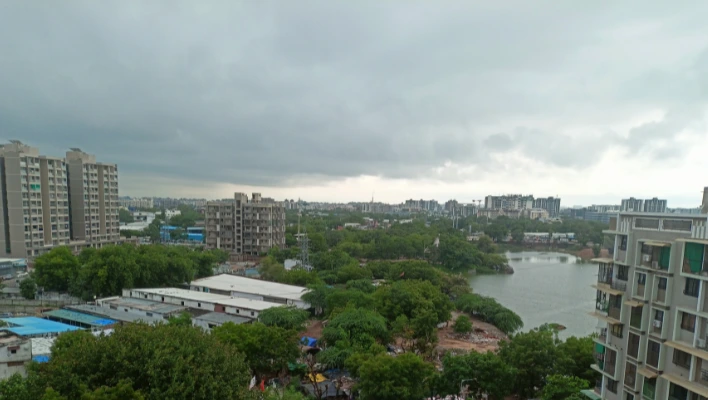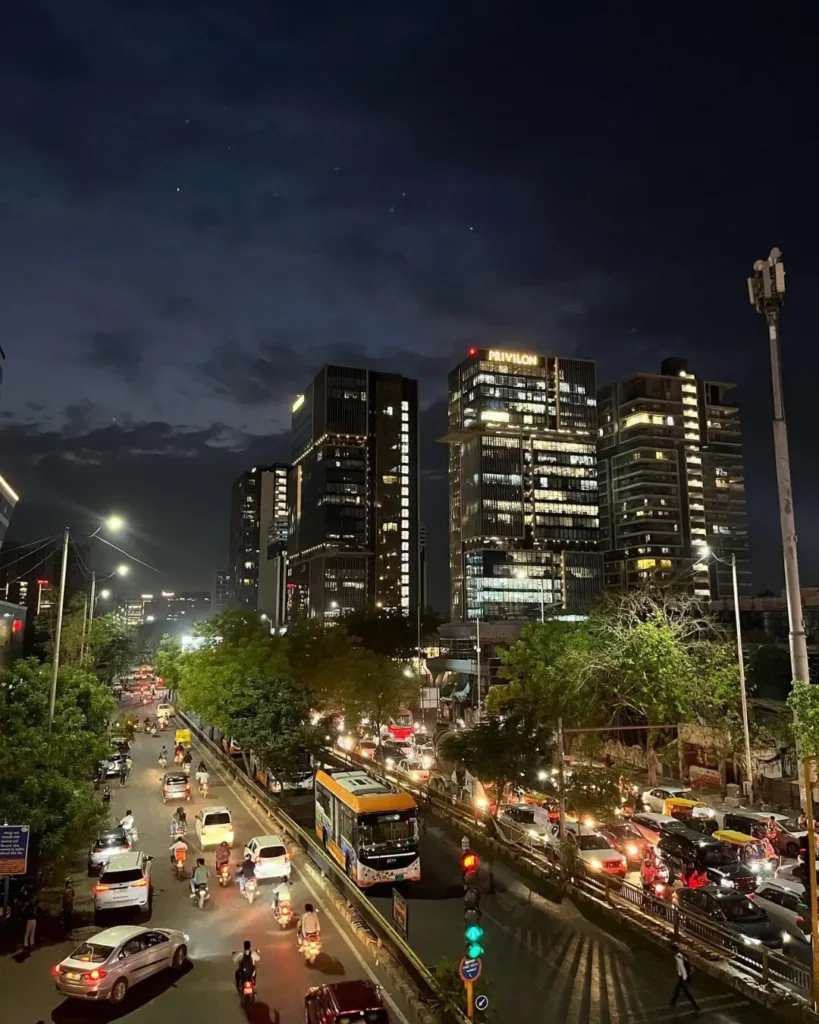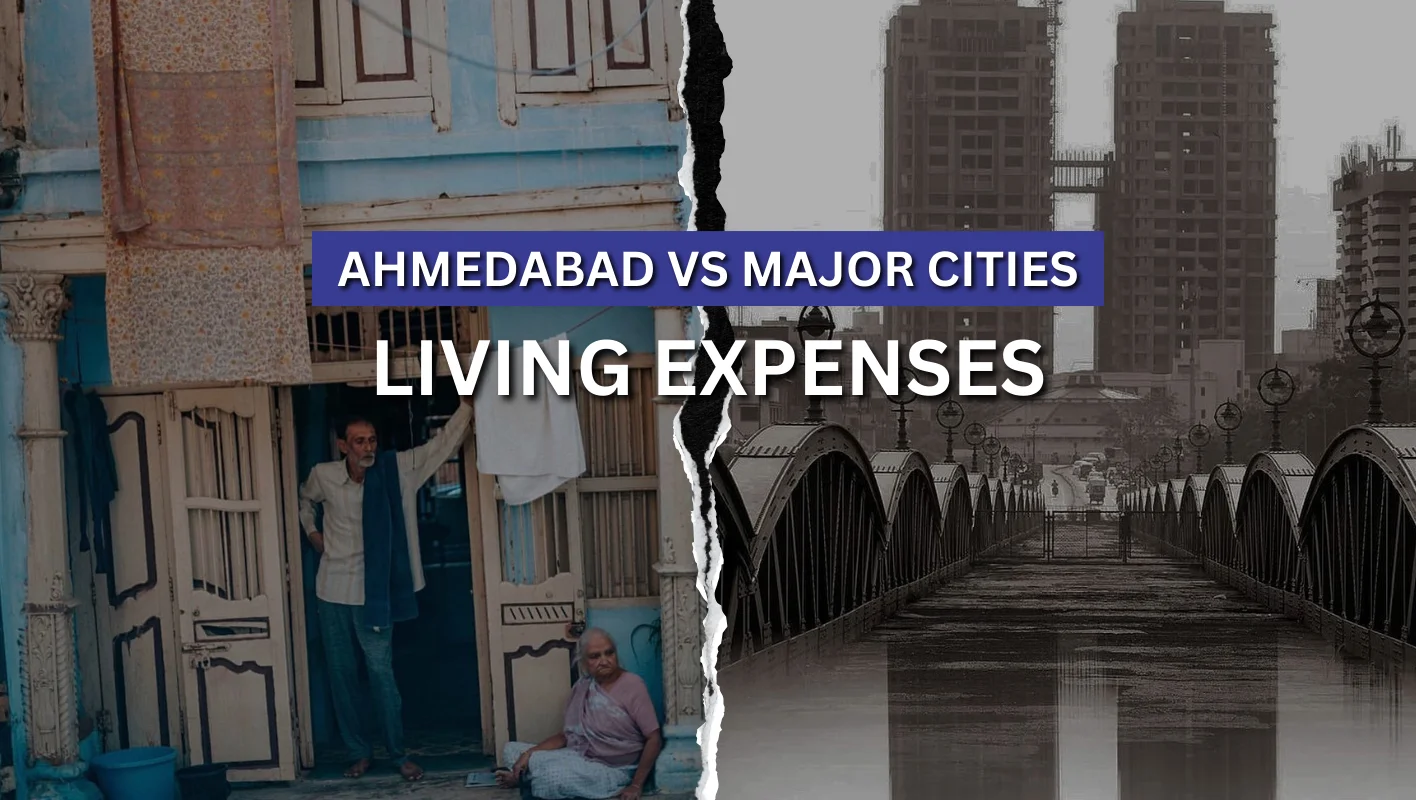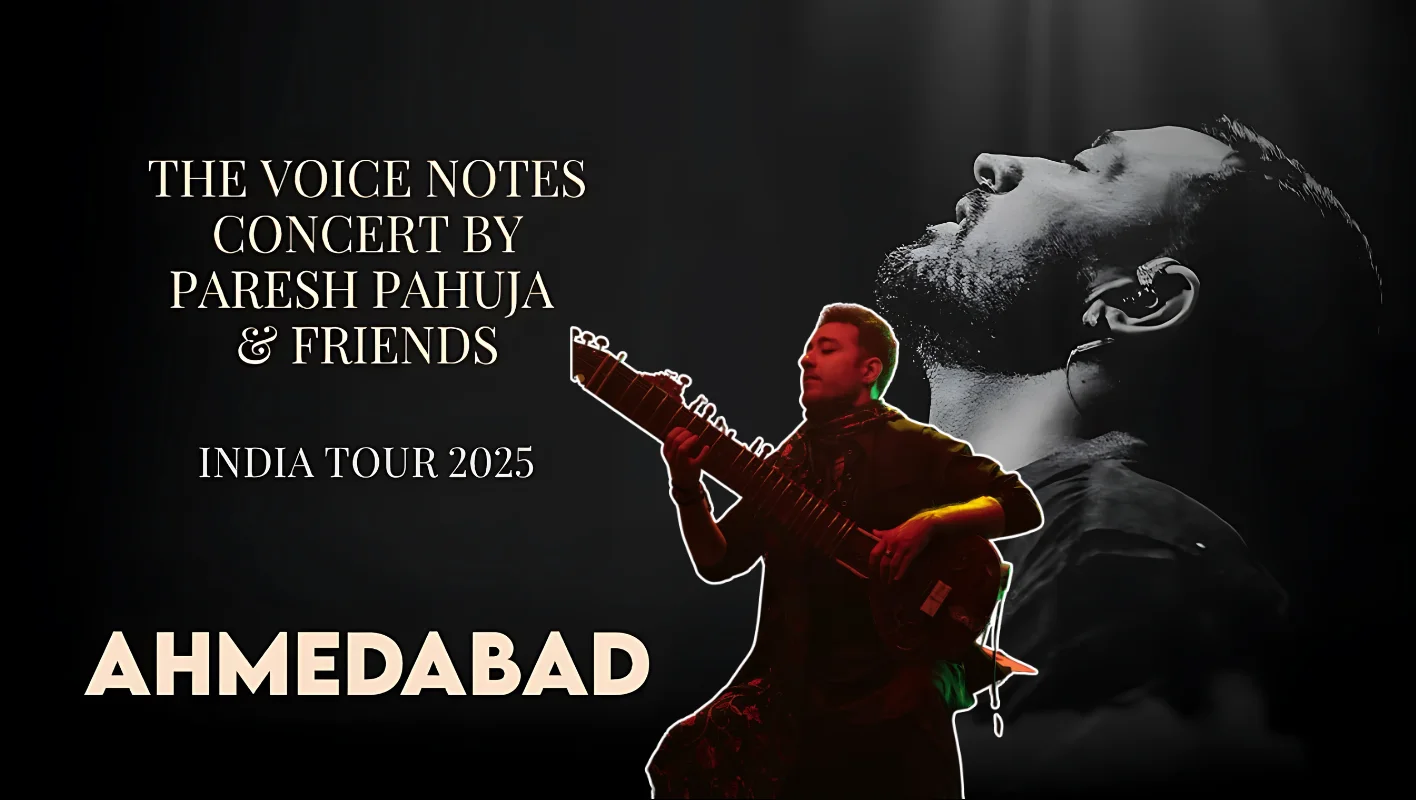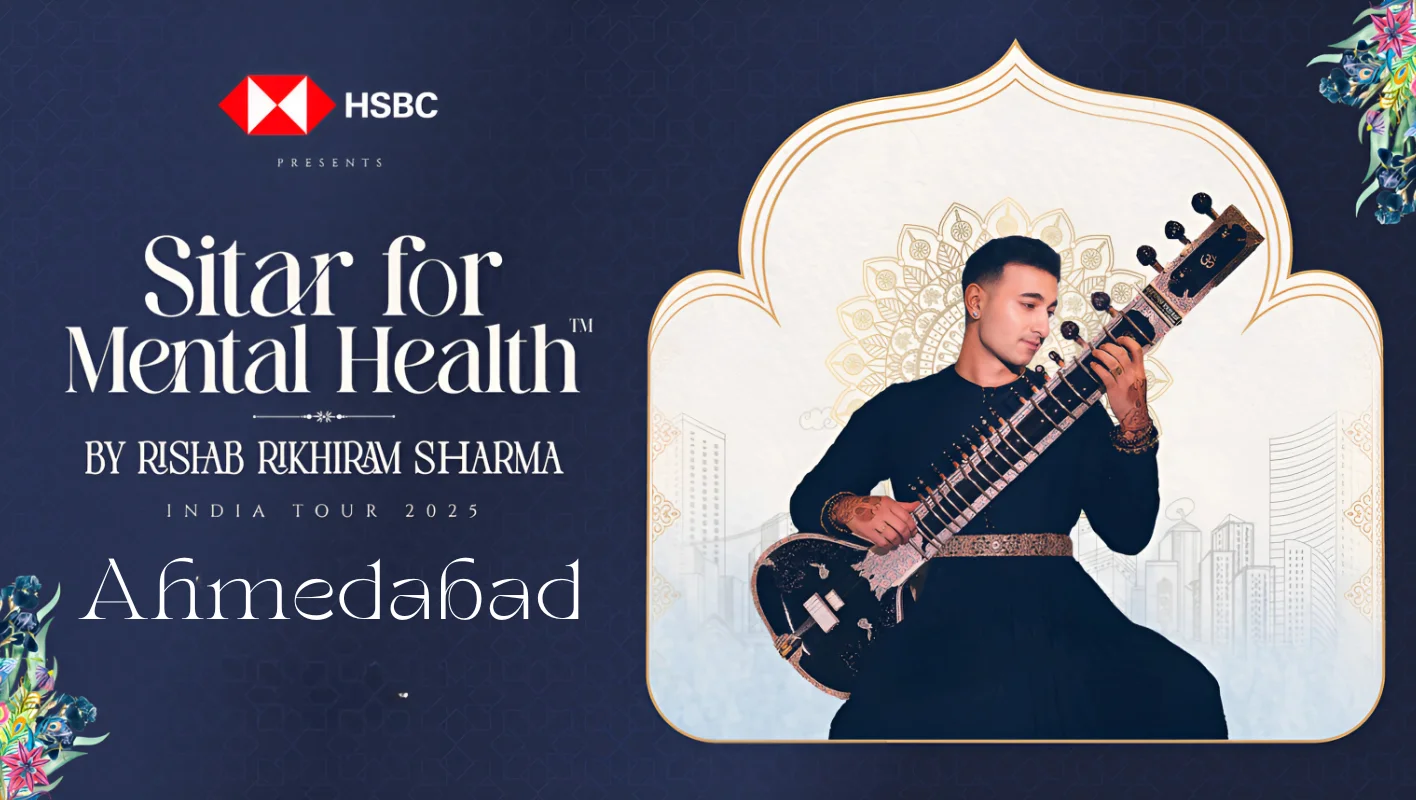As a traveller and resident, I have infatuated with the vibrant charm of this Indian gem. Ahmedabad has a treasure of attractions that will leave you in awe. From majestic historical sites to mouth-watering cuisine, this city has it all. But what makes Ahmedabad stand out is its varied weather patterns, which add an extra layer of charm to your exploration.
So, grab your umbrella and sunglasses as we embark on a journey to uncover the wonders of Ahmedabad’s weather and find out why it is a must-see destination for any adventurous traveller. In this article, I will talk about the different seasons of Ahmedabad’s weather and suggest the best time for traveling.
Table of Contents
Ahmedabad’s Climate
The climate in Ahmedabad is known for extremely hot summers, mild winters, and very little rainfall throughout the year. Summers in Ahmedabad knows for their intense heat, with temperatures often rising above 40 °C (104 °F). This season lasts from March to June with dry and dusty conditions.
But, winters bring relief from the heat, with temperatures ranging from 12 to 30 °C (59 to 86 °F). The winter season lasts from November to February and is relatively dry. Most of the rainfall in Ahmedabad occurs during the monsoon season, which lasts from June to September. During this time, the city receives occasional heavy rain and thundershowers, bringing some respite from the heat.
| Season | Temperature Range | Months |
|---|---|---|
| Winter | 12°C to 30°C | November to February |
| Summer | 25°C to 42°C | March to June |
| Monsoon | 25°C to 35°C | June to October |
Ahmedabad in Winter (November to February)
Ahmedabad offers a pleasant experience in the winter season. This time Is known for pleasant temperatures and a vibrant atmosphere. This makes it the perfect time to explore the city’s rich cultural heritage, enjoy outdoor activities, and take part in festive celebrations.
During winters in Ahmedabad, the temperature ranges from around 12 to 30 degrees Celsius. Which creates a comfortable and pleasant environment for the visitors. The days are comfortably warm, making it easy for you to stroll around the city and enjoy outdoor activities without feeling too hot. Yet, nights can be chilly, with temperatures dropping to around 10°C, so carry a light jacket or sweater to keep you warm during evening walks.
Visiting Ahmedabad in winter is a great chance to fully experience the city’s cultural events and festivals. One of the most famous festivals during this time is Uttarayan, also known as the International Kite Festival, which is celebrated in mid-January.
When it comes to sightseeing and outdoor activities in Ahmedabad, there are many attractions worth visiting. It includes many places like Sabarmati Riverfront, Sabarmati Ashram, Rani ki Vav, Kankaria Lake, Kamla Nehru Zoo, Law Garden Night Market, Science City, Nal Sarovar, and Thol Bird Sanctuary.
For art and history lovers, the Calico Textile Museum and the Shreyas Folk Museum are worth a visit. These museums respectively showcase the rich heritage of Indian textiles and the vibrant folk art traditions of Gujarat.
To make the most of your trip to Ahmedabad during winter, be sure to pack suitable clothing for both warm days and cool evenings. Layering your outfit with a light sweater or jacket will ensure you stay comfortable all day long. It’s also a good idea to carry a hat, sunglasses, and sunscreen for daytime protection.
Ahmedabad in Summer (March to June)
During this time, the city’s temperature can rise to scorching levels, making it a challenging season for visitors. The summer season in Ahmedabad is characterized by high temperatures, clear skies, and low humidity.
In Ahmedabad, summer temperatures usually range from 25 to 42 °C, and sometimes even higher during heatwaves. The climate is mainly dry. The scorching heat and strong sunlight make outdoor activities uncomfortable during the day.
Visiting Ahmedabad during the summer months poses some challenges and limitations. The extreme heat can be overwhelming, especially for those who are not accustomed to such conditions. It is important to stay hydrated and protect yourself from the sun’s rays. Consider limiting outdoor sightseeing to early mornings or late evenings when it’s cooler.
Ahmedabad offers many indoor activities and attractions that are perfect for summer visits. The city knows for its rich history and cultural heritage, with several museums, art galleries, and heritage sites. Sabarmati Ashram, Calico Museum of Textiles, and Adalaj Stepwell, along with Science City, are well-known indoor attractions in the city. These places offer captivating glimpses into the rich history and diverse culture of the region.
Apart from this, there are several other places you can visit in the city. These include Zanzari Waterfalls, Kankaria Lake, Nal Sarovar, Shankush Water Park, and Splash Fun World Water Park.
To beat the summer heat and travel comfortably in Ahmedabad, you can wear light and breathable clothing. Wearing a hat, sunglasses, and sunscreen is essential for protection against the harsh rays of the sun. Carry a water bottle with you at all times to stay hydrated. It’s a good idea to take regular breaks in air-conditioned spaces or visit shopping malls that offer a cool environment. These places can provide a refreshing respite from the hot weather.
Ahmedabad in Monsoon (July to September)
In this season, the city gets a good amount of rain, which makes the surroundings look fresh and vibrant. Monsoon in Ahmedabad is characterized by cooler temperatures, increased humidity, and occasional thunderstorms.
The temperature during the monsoon season ranges between 25 to 35 °C which provides a pleasant respite from the sweltering heat. The city receives an average rainfall of about 780 mm with intermittent showers and occasional heavy rains. The rains rejuvenate the surroundings, bringing lush greenery and a new freshness to Ahmedabad.
Monsoon rains create a vibrant and enchanting atmosphere in Ahmedabad. The city comes alive with the melodious sound of raindrops and the smell of wet earthy soil. The Sabarmati River fills with rainwater, offering a beautiful sight to visitors.
Ahmedabad has lots of fun things to see and do, especially when it’s raining in the monsoon season. Surrounded by lush greenery, Kankaria Lake is a popular place to enjoy boating and take a walk along its promenade. The Indroda Nature Park, located on the outskirts of the city, offers a serene retreat amidst nature with its diverse flora and fauna.
To make the most of the monsoon experience in Ahmedabad, it is important to be prepared for increased humidity and occasional rain. Carry an umbrella or raincoat with you to avoid getting wet during sudden rains. It is also recommended to wear light and breathable clothing to stay comfortable in humid weather. It is a good option to explore indoor attractions like museums and art galleries during heavy rains.
Which is the best season to visit Ahmedabad?
Based on my experience, the best season to visit Ahmedabad is winter, especially from November to February. During this time, the weather is pleasant and comfortable. You can explore the city attractions like Adalaj Stepwell, Kankaria Lake, and various heritage sites (Heritage Walk). The best part is that you won’t have to worry about extreme heat or humidity. Moreover, winter is also the time for festivals like Uttarayan (Kite Festival) and Navratri, which add to the vibrant atmosphere of Ahmedabad.
Before You Go…
The weather in Ahmedabad is appealing and diverse for travelers all year round. Whether you like mild winters, hot summers, or refreshing monsoons, Ahmedabad has something for you. The city beautifully showcases the wonders of its weather, making it a must-see destination for adventure travelers seeking a unique and unforgettable experience. Read our article on Ahmedabad Travel Guide.
FAQs
Q.1) What type of climate is Ahmedabad?
Ahmedabad has a tropical monsoon climate characterized by hot and dry weather, except during the rainy season.
Q.2) What are the typical crowd levels in Ahmedabad during different seasons?
The crowd levels in Ahmedabad vary depending on the season. Generally, winter (November to February) attracts a moderate number of tourists, while summer (March to June) experiences fewer visitors due to the intense heat. The monsoon season (June to October) also sees a decrease in crowd levels compared to other times of the year.

